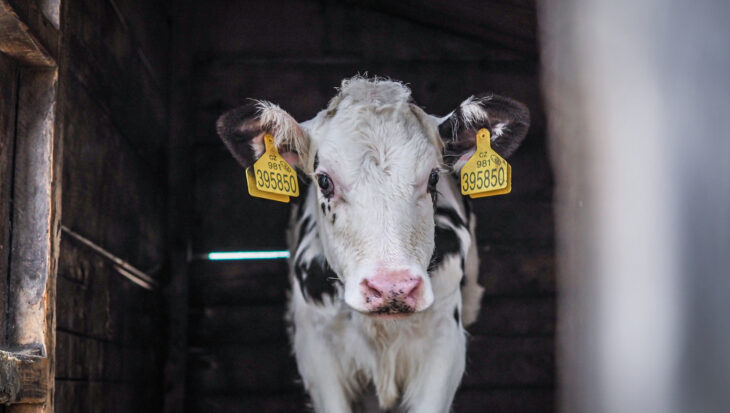Two articles and an editorial, all published on the 4 January 2016, in the science journal PLoS Biology, shine yet more light on the shady world of animal research, where living animals, capable of suffering immense pain and distress, are treated as research tools. Those conducting animal research would have us believe that this science is pushing the boundaries of knowledge forward and that animal-based research is the lynchpin of any medical progress. It would be expected, by those funding such research, and by the wider public, that the science, although animal-based, with all the inherent weaknesses that this entails, is technically well conducted and robust; however, the items published cast yet more doubt on these assertions.
In the editorial, it is stated that ‘It has become increasingly apparent that the failure to reproduce results is a significant problem across the biomedical sciences’. The authors cite a paper that they say ‘estimated that approximately 85% of research investment in the biomedical sciences – or US$200 billion of the worldwide investment in 2010 – is wasted’1. While this research is clearly not all animal-based, the ramifications, not only for human patients and their families, desperately awaiting effective treatments and cures, but for the animals used in such research, are scandalous.
One article highlights the effects of ‘missing’ rodents in research 2. (The authors called it attrition if animals were missing from the reports of the research). The authors analysed 100 papers concerning cancer and stroke which covered 522 experiments. Of these experiments the authors found that where animals were documented as missing, as opposed to this just being unclear, only one out of 15 cancer experiments and 13 out of 38 experiments concerning stroke explained this fact. The authors also explained how 47 per cent of experiments where attrition was actually documented, reported that 25% or above of animals were ‘lost’. Another factor which is a standard prerequisite for science, that of even-sized groups for treatment and controls, was not seen in 42% of experiments. As the authors point out, the loss of a few animals ‘can distort true effects’.
The second article 3 investigated ‘reproducible research practices and transparency across the biomedical literature’ and reported how, of a sample of 441 biomedical journal articles, published between 2000 and 2014, only one provided a full protocol and none made all of the raw data directly available. This lack of transparency and reproducibility could mean that experiments are being needlessly replicated and some of these will inevitably involve the use of animals. The authors concluded that ‘Our empirical evaluation shows that the published biomedical literature lacks transparency in important dimensions’.
References
- Kousta S, Ferguson C, Ganley E (2016) Meta-Research: Broadening the Scope of PLOS Biology. PLoS Biol 14(1): e1002334. doi:10.1371/journal.pbio.1002334 – http://journals.plos.org/plosbiology/article?id=10.1371/journal.pbio.1002334 – accessed 5/1/2016
- Holman C, Piper SK, Grittner U, Diamantaras AA, Kimmelman J, Siegerink B, et al. (2016) Where Have All the Rodents Gone? The Effects of Attrition in Experimental Research on Cancer and Stroke. PLoS Biol 14(1): e1002331. doi:10.1371/journal.pbio.1002331 – http://journals.plos.org/plosbiology/article?id=10.1371/journal.pbio.1002331 – accessed 5/1/2016
- Iqbal SA, Wallach JD, Khoury MJ, Schully SD, Ioannidis JPA (2016) Reproducible Research Practices and Transparency across the Biomedical Literature. PLoS Biol 14(1): e1002333. doi:10.1371/journal.pbio.1002333 – http://journals.plos.org/plosbiology/article?id=10.1371/journal.pbio.1002333 – accessed 5/1/2016

